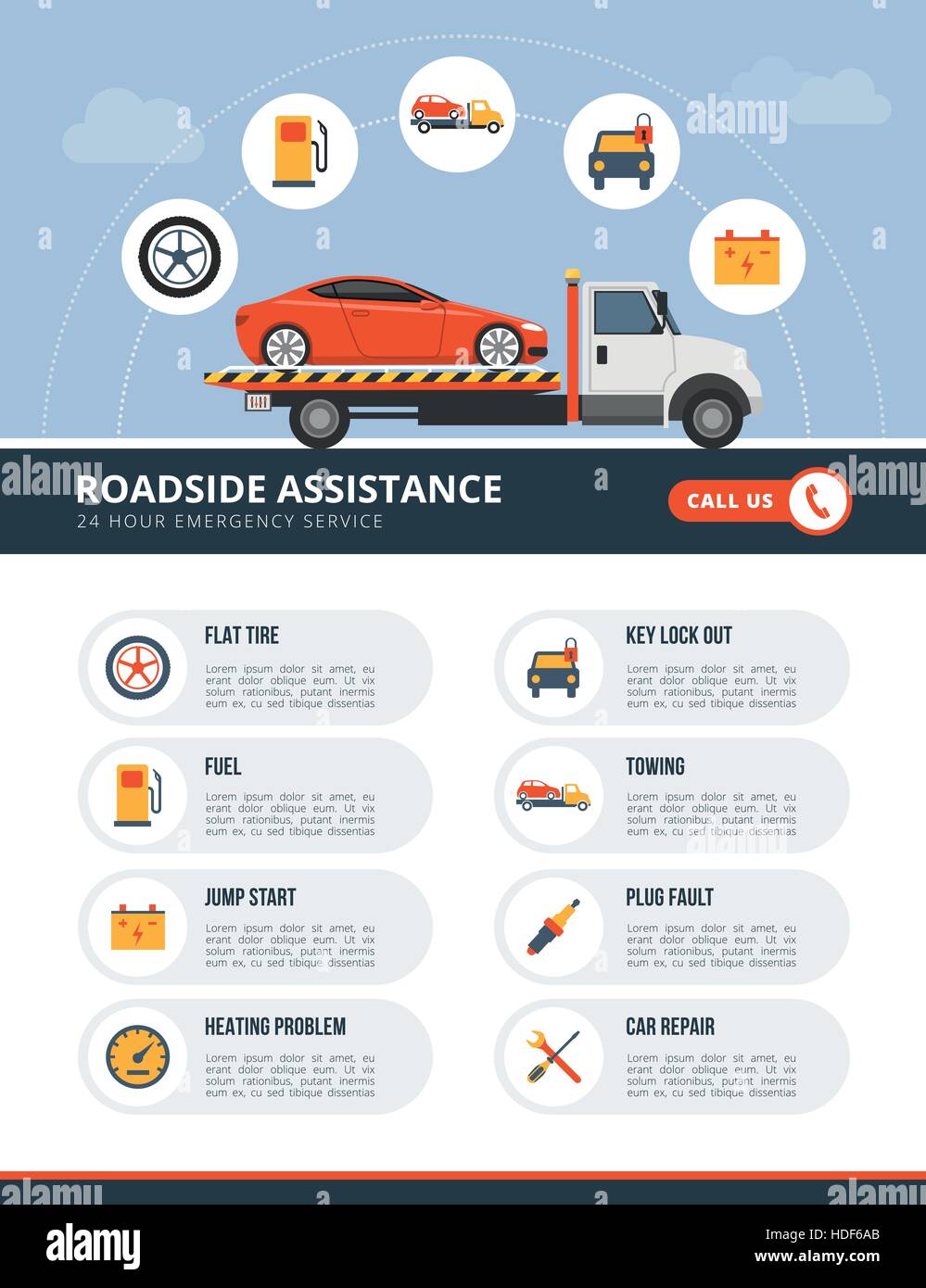Realizing The Relevance Of Your Vehicle'S Warning Signals: What They Really Stand For
Realizing The Relevance Of Your Vehicle'S Warning Signals: What They Really Stand For
Blog Article
Writer-Faulkner Corbett
When you lag the wheel, those radiant warning lights on your dashboard can be a little bit difficult. Do you recognize what they're attempting to inform you concerning your vehicle's health? Recognizing https://brakelinefittings84062.smblogsites.com/30206047/learn-the-important-actions-to-find-a-reliable-auto-service-center-that-will-certainly-ensure-your-lorry-stays-in-excellent-problem-your-auto-deserves-absolutely-nothing-less-than-the-best-care of these lights is vital for your security and the durability of your car. So, the following time one of those lights turns up, would not you want to decipher its message precisely and take the essential actions to address it?
Common Caution Lighting and Interpretations
Determine typical caution lights in your automobile and recognize their significances to make sure safe driving.
One of the most typical caution lights consist of the check engine light, which indicates problems with the engine or exhausts system. If this light comes on, it's crucial to have your vehicle inspected without delay.
The oil pressure cautioning light indicates low oil stress, calling for prompt attention to avoid engine damage.
A blinking battery light could suggest a defective charging system, possibly leaving you stranded if not attended to.
The tire stress tracking system (TPMS) light alerts you to low tire stress, affecting lorry stability and fuel effectiveness. Disregarding this might result in harmful driving conditions.
The abdominal light indicates a trouble with the anti-lock stopping system, jeopardizing your capability to stop promptly in emergencies.
Lastly, the coolant temperature level advising light warns of engine overheating, which can cause severe damages if not dealt with quickly.
Understanding simply click the next document will assist you deal with problems immediately and preserve risk-free driving problems.
Relevance of Prompt Attention
Recognizing the typical warning lights in your vehicle is only the very first step; the relevance of without delay addressing these cautions can not be emphasized enough to guarantee your safety and security when traveling.
When a caution light illuminates on your dashboard, it's your automobile's means of communicating a prospective issue that requires attention. Ignoring these cautions can lead to a lot more serious troubles later on, endangering your safety and security and possibly costing you extra in repairs.
Motivate interest to warning lights can protect against breakdowns and crashes. For example, a flashing check engine light could show a misfire that, if left ignored, can trigger damages to the catalytic converter. Addressing this immediately can conserve you from an expensive repair.
Similarly, a brake system warning light could indicate low brake liquid or used brake pads, critical elements for your security when driving.
DIY Troubleshooting Tips
If you see a caution light on your dashboard, there are a couple of DIY troubleshooting suggestions you can try before seeking professional assistance.
The very first step is to consult your cars and truck's manual to understand what the details warning light suggests. Often the problem can be as simple as a loosened gas cap triggering the check engine light. Tightening the gas cap might settle the issue.
An additional typical issue is a reduced battery, which can cause different alerting lights. Inspecting mobile hand car and marine grooming for corrosion and ensuring they're safe could take care of the issue.
If a warning light lingers, you can try resetting it by separating the auto's battery for a couple of minutes and then reconnecting it. Furthermore, inspecting your car's liquid levels, such as oil, coolant, and brake liquid, can help troubleshoot alerting lights connected to these systems.
Conclusion
To conclude, recognizing your auto's warning lights is essential for keeping your vehicle running smoothly and securely. By quickly dealing with these alerts and understanding what they mean, you can stay clear of costly repair work and potential break downs.
Keep in mind to consult your vehicle's manual for certain details on each alerting light and act accordingly to ensure a trouble-free driving experience.
Keep informed, stay secure on the road!
